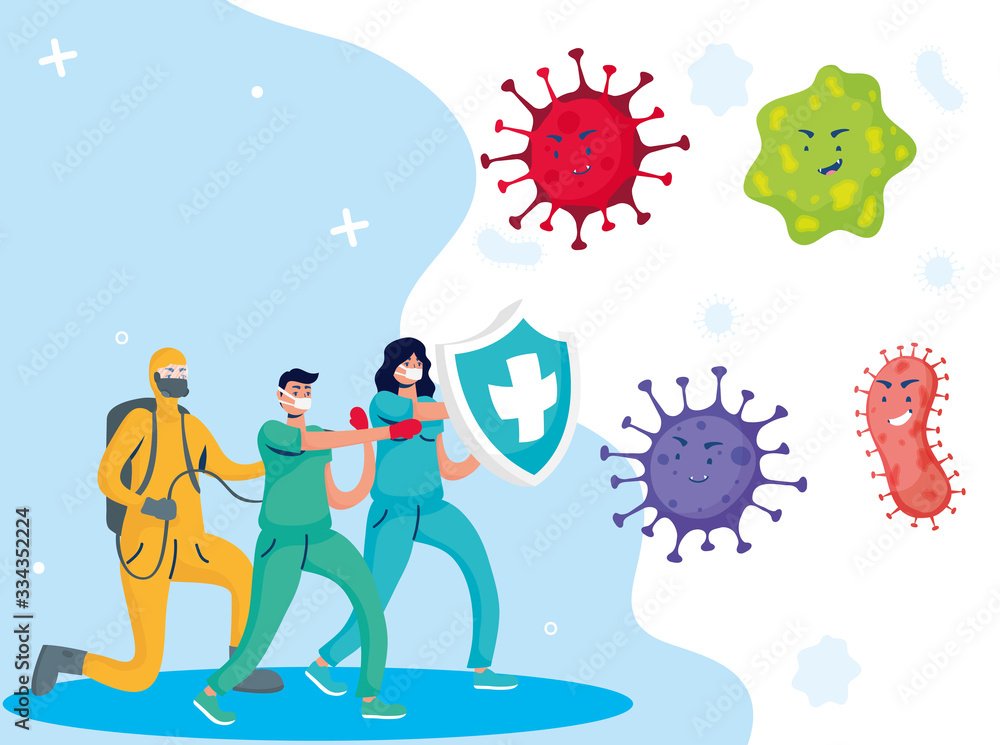Consider your immune system like a military force. Its responsibility is to safeguard and defend the body from pathogens like disease-causing germs and viruses. It locates and eliminates newly developing tumors and cleans up the debris it makes while doing its duties. The motto of this army is: Always distinguish between self and non-self, saving self and crippling non-self. If the army is unable to distinguish between friendly and unfriendly fire, it may unintentionally launch an attack against itself, leading to autoimmune diseases.
A breakthrough method has been discovered by new study at the Harvard Medical School to explain how the body’s most potent immune soldiers, T cells (think special forces), learn to discriminate between self and non-self.
- Burberry, Richemont Shares Drop Due to China Uncertainties and Weak US
- The Manhattan Project, the world’s first nuclear weapons test ve Widows of Village
- YouTube Creates Playlist of Videos with Over 1 Billion Views
- The most downloaded mobile games of June
T cells are able to identify and destroy cancer cells and infections. They control inflammation, calm down overactive immune reactions, and create long-term memory of viruses and bacteria that have previously been encountered. T cells develop in the thymus gland, where they are exposed to proteins produced by thymus cells that imitate different bodily regions. Once they left the thymus gland, they would come into contact with these proteins.
The research demonstrates that different transcription factors—proteins that control the expression of genes particular to particular tissues—are utilized by these “teacher” cells. The mimetic cells take on the identities of tissues like skin, lung, liver, or intestine when they accomplish this. According to a statement by Harvard immunology expert Diane Mathis, “imagine it as having your body reconstituted in the thymus.” The results, continues Mathis, give information on how the adaptive immune system develops the capacity to distinguish between friends and enemies.
The research demonstrates that when T cells-in-training wrongly respond to their own proteins, they either receive a signal to self-destruct or are transformed into other T cells that prevent other immune cells from attacking. The elimination of self-reactive T cells was previously believed to be predominantly controlled by a single protein known as AIRE. A catastrophic immunological syndrome marked by the emergence of many autoimmune illnesses can result from flaws in this protein.
Numerous cells in the thymus were discovered by Mathis and Michelson to be capable of assuming the identities of various tissue types even if they did not express the AIRE protein. The newly discovered mimetic cells, according to the researchers, likely play a part in a number of autoimmune disorders linked to the tissue types they imitate. To investigate the theory, an inquiry is planned.
According to Mathis, “We think it’s an intriguing discovery that may open up a completely new perspective of how certain autoimmune illnesses develop and, more generally, of the origins of autoimmunity.”
The next stages for the researchers, according to them, involve learning more about the molecular processes that influence T cell education. They want to keep researching the relationship between various mimic cell types and the functionality and malfunction of T cells.
The work has been made available online by the journal Cell.


